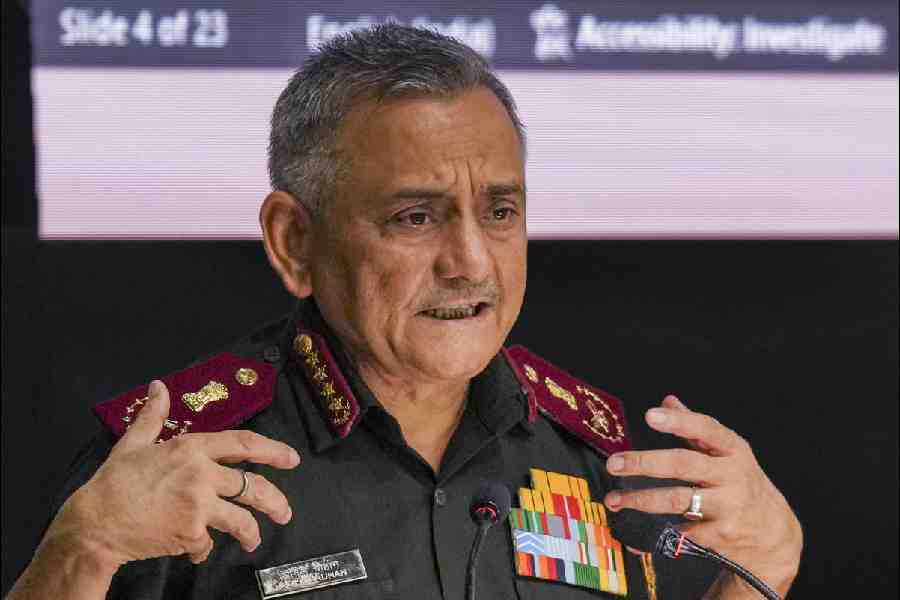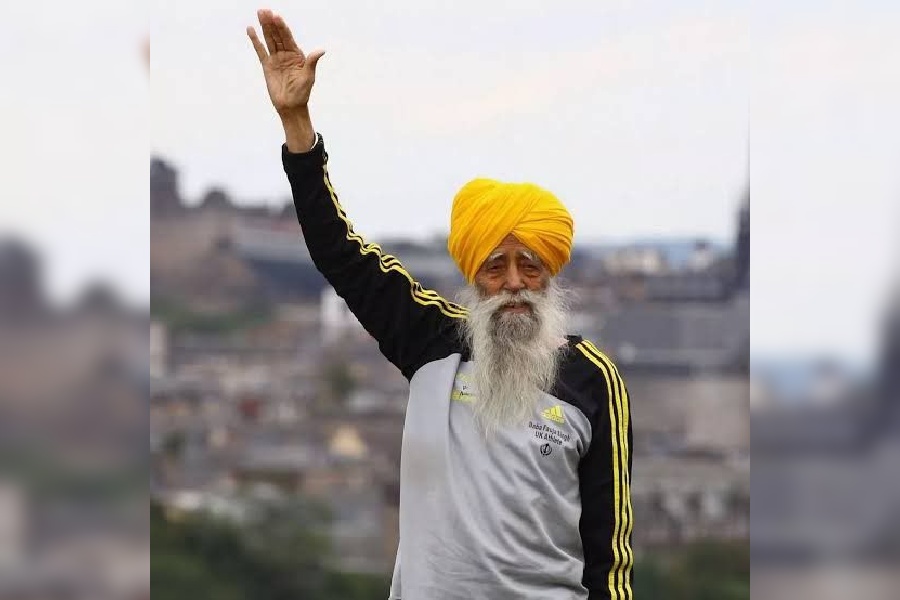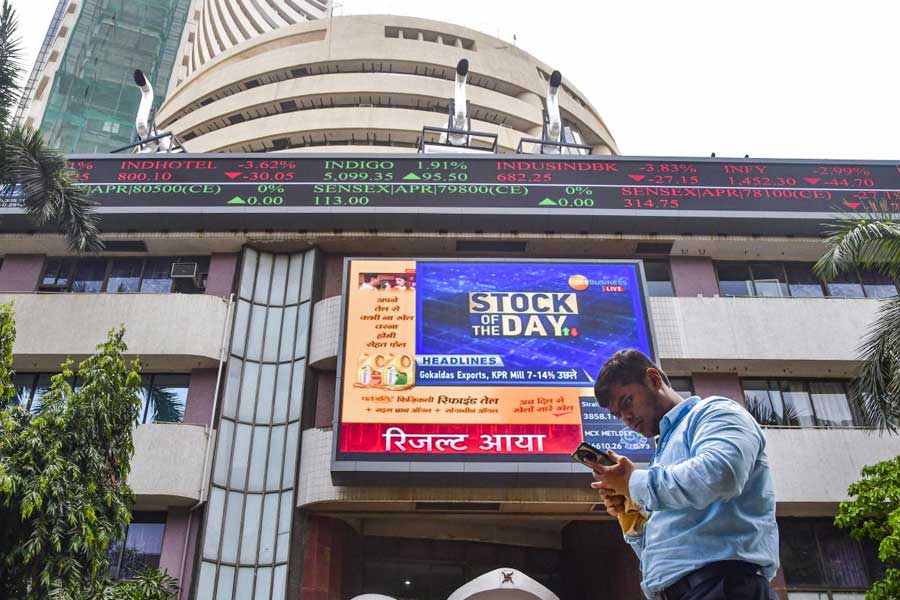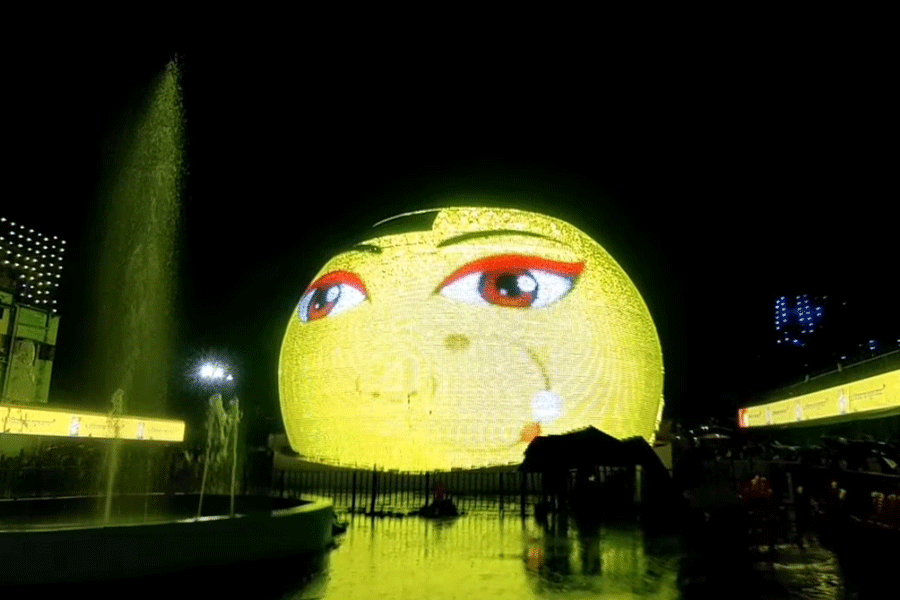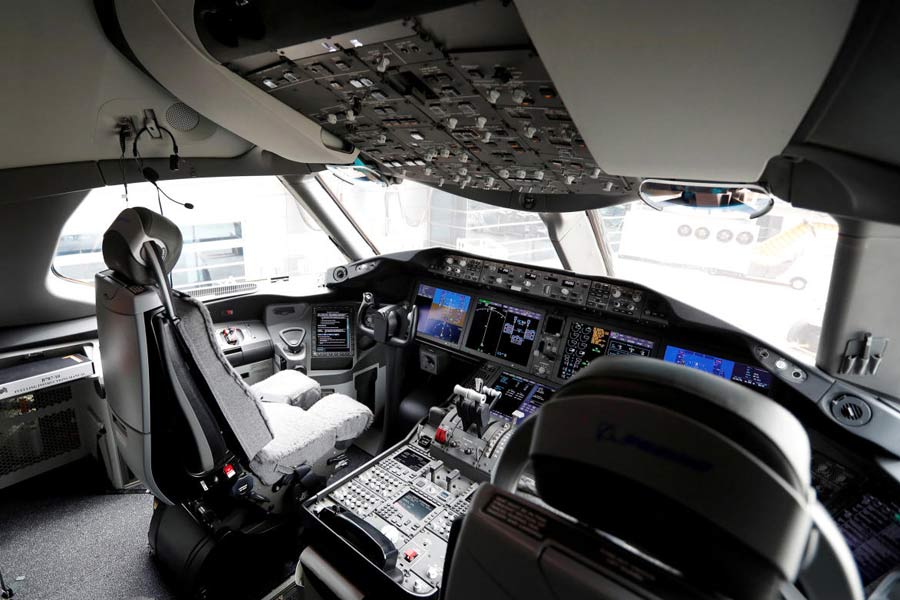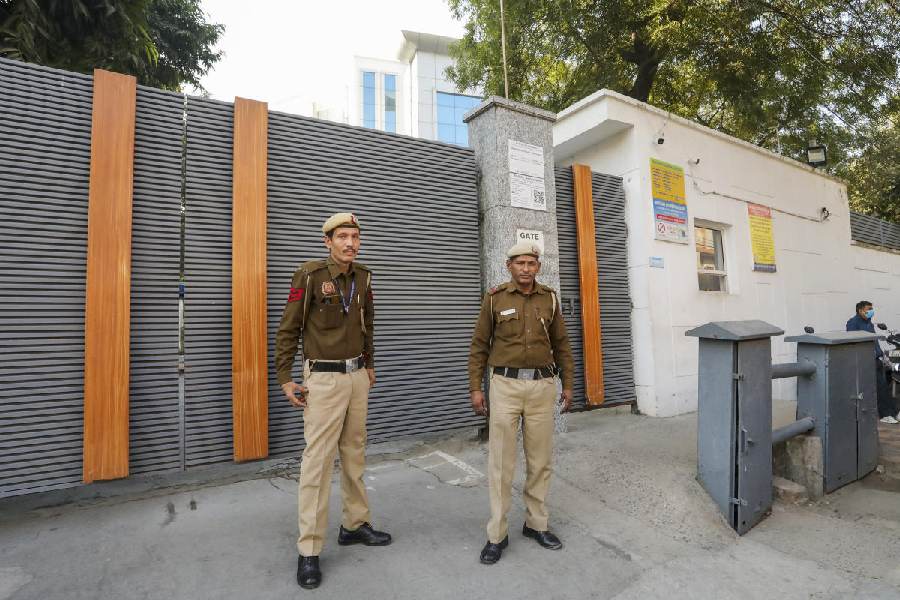 |
If the recent visit of the Russian president, Vladimir Putin, to India has been recognized in leading world capitals as the most productive interaction between New Delhi and Moscow since the collapse of the USSR, much of the credit for this is due to the overarching influence that Sonia Gandhi has on the United Progressive Alliance government’s foreign policy. The Congress president and Russia’s head of state established a strong personal rapport when they met at Konstantinovsky Palace in St Petersburg on June 15, 2005.
Without that personal rapport, which subsequently translated into influence on India’s vital stake in relations with Russia, powerful elements in the UPA government would have put speed-breakers on proceeding with Moscow on a variety of fronts. For two leaders who are both known to be persons of few words, that meeting in St Petersburg truly lived up to the diplomatic description of a bilateral dialogue as “frank”.
“Uvazhaemaya gazpazha Gandhi,” Putin addressed Sonia as they sat down for their talks, the Russian leader’s respect for the inheritor of the Nehru-Gandhi legacy in full verbal display. The minutes in English of the conversation between Sonia and Putin — “Dear Mrs Gandhi” or the flavour of what they then discussed — does not do justice to what the Russian president told the Congress chief in his mother tongue.
At no other meeting with Indian leaders in the recent past has Putin been so respectful and effusive at the same time. With everyone else, he has been correct. Putin has addressed the prime minister, Manmohan Singh, at every delegation-level meeting with the proper “Gaspadeen Premier Ministr” or “Mr Prime Minister”. But that is not all. When Sonia called on Putin on the eve of this year’s Republic Day, he was candid enough to remind her that the idea of designating a particular year as the “Year of India in Russia” and another year as the “Year of Russia in India” was first broached by him to Sonia at their St Petersburg meeting. “We could plan a whole series of cultural events in both countries,” Putin had told Sonia then, according to the official record of that meeting. “I am sure that these events would be an added impulse for bringing our two peoples closer together and consolidating our cooperation in all different areas.”
Two weeks ago, Putin told Sonia, with the obvious satisfaction of a mission accomplished: “I must say that when we met in 2005, we discussed holding the Year of India in Russia and that of Russia in India — and it was for the first time we discussed this idea. And now these are planned interstate and intergovernmental events.”
Half way into their meeting in St Petersburg, Putin asked Sonia about her children because the Russian president had mistakenly been told by his aides that Rahul and Priyanka were travelling with their mother to Russia. That personal query from Putin prompted Sonia to open up as she rarely does at formal meetings. Sentimental for a change, she told Putin that this was her seventh visit to Russia, that the June 2005 visit was taking place after a long break, and that both her children had been to Moscow twice previously with her. What she did not tell Putin — who knew it though — was that the last time Sonia and her husband spent some quiet time with each other abroad was when she and Rajiv Gandhi visited Moscow in February 1991 during the week of their wedding anniversary.
It is not well known in India that Sonia was named after one of three Russian women who helped her father to escape from a Soviet prison during World War II. When Sonia decided, after the UPA assumed power, that Russia would be the first country she would visit — bilaterally — as chairperson of the ruling coalition, Russians had been miffed for several months that Manmohan Singh had not undertaken a bilateral visit to Moscow. His trip in May, 2005, was to join a large group of world leaders who were in Russia for the 60th anniversary of the Soviet victory in the Great Patriotic War. Those in the Kremlin who deal with India remember that there was a time when every Indian prime minister who came to office first visited Moscow before travelling anywhere else abroad. What is worse, by the time Sonia travelled to Moscow and St Petersburg, even the then external affairs minister, Natwar Singh, had not visited Russia bilaterally although he had multilateral interaction with his Russian counterpart in Vladivostok.
Sonia has been correct and careful in her interaction with the Russians not to make any commitment that falls in the sphere of the prime minister. Indeed, in St Petersburg, the only promise she made was on Putin’s proposal about the “Year of India in Russia” and the “Year of Russia in India”. By the time Putin came to New Delhi last month, she had fulfilled that commitment. But given the ways of the Congress, that was a signal to act. It sent a message that things had to move forward with Russia — and move quickly. As a result, the stage has been set for a consolidation in Indo-Russian relations that is unprecedented since the break-up of the Soviet Union.
It is one of history’s coincidences that support in India for this consolidation is growing at the same pace as the realization in Russia that the Western demonization of Putin, and pressure on his country to act according to the dictates of Washington, London or Berlin, had less to do with communism in the nearly three-quarter century after the October Revolution than with Russia’s place in the world. There is an increasing realization among Russians that their expectations in the last decade — that Europe and the rest of the so-called free world would accept Moscow as a full partner after the end of communism — have been belied.
This is a predicament that India is not entirely unfamiliar with. Just as there are some countries that will always view India with suspicion — whether the Congress, the Bharatiya Janata Party or a hypothetical strongman is in charge in New Delhi — there are countries in the West for whom the only acceptable concept of a “friendly” Russia is that of a weak and unstable country in the image of Boris Yeltsin’s Russia. This realization has meant that in recent years, many people in Moscow who earlier underplayed India’s importance in the Kremlin’s worldview have changed their minds. Nowhere was this in greater evidence than in the joint statement issued after Putin’s visit to New Delhi last month. “The Russian Federation reaffirms its support to India as a deserving and strong candidate for the permanent membership in an expanded UN Security Council,” the joint statement asserted.
What is special about it, especially since this sentence figured, almost verbatim, in the Indo-Russian joint declaration of December, 2004, at the end of Putin’s visit to New Delhi? Well, the Russian government was subsequently divided on this issue, and as a result, a joint statement after A.P.J. Abdul Kalam’s state visit to Moscow in May, 2005 almost did not come out. Several hours after Kalam left for home, the Russians resolved their differences and reiterated the previous year’s position in the joint statement. But this time, the issue of Moscow’s support for India at the UN did not create any problem.
At a time when the huge state-run giant, Gazprom is being vilified in the West, it is perhaps symbolic that a key to the future of Indo-Russian relations is right there in the middle of a current official map used by the biggest extractor of natural gas in the world. The map is replete with black arrows showing the company’s energy activities, all of which now terminate in the Urals. Although there is nothing beyond, that is where Russia’s future lies. If India’s economy continues to grow at its present pace, the country will have to look at opportunities that are obvious in this map. After all, geography cannot be changed by the pious declarations of leaders, which are long on India’s commonalities with some other countries, such as democracy, rule of law and even the use of English as a language for doing business.


